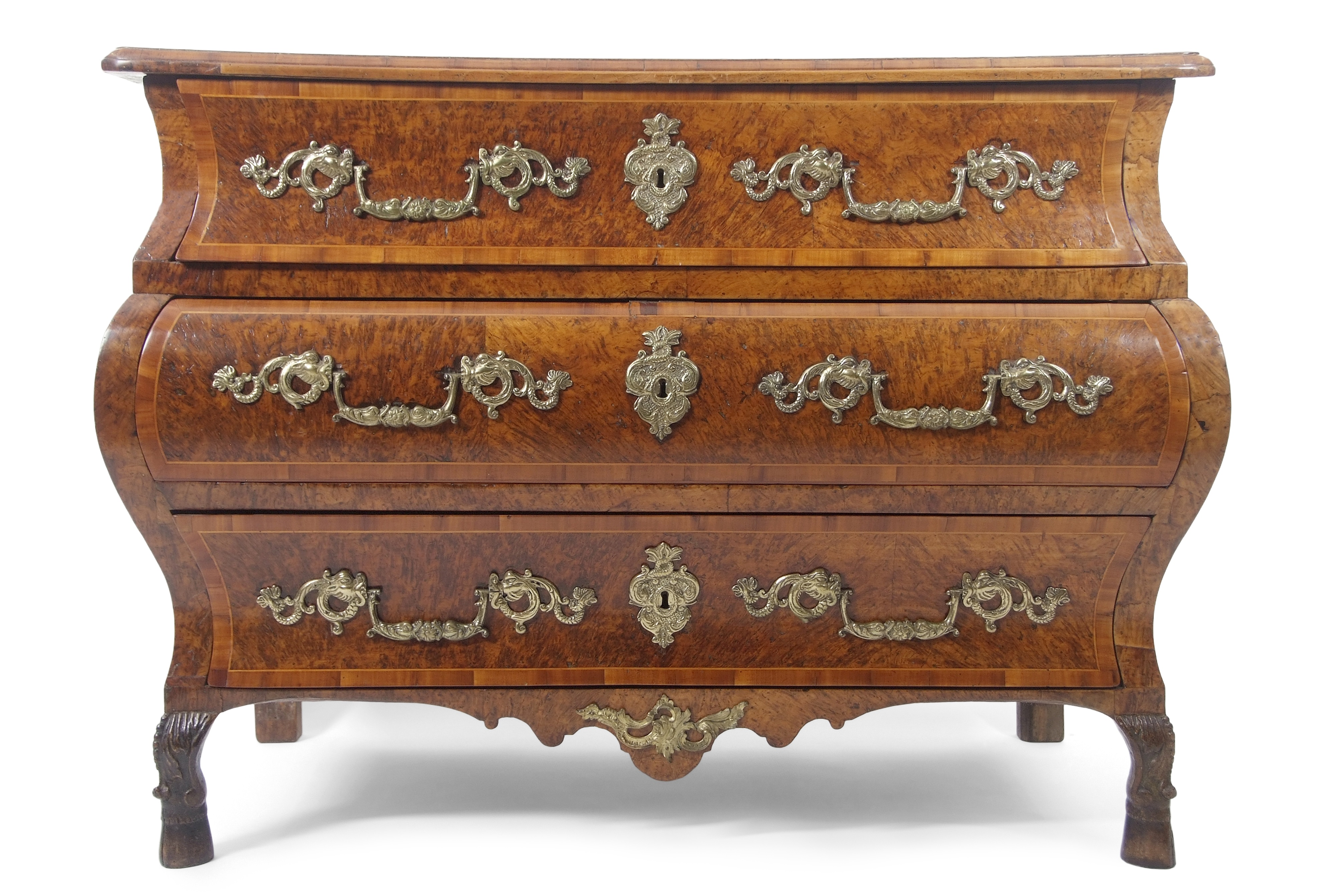

11/10/2024 General News
Once upon a time furniture was the backbone of the antiques trade, forming the foundation of many top-end sales, with large statement pieces making excellent money. Then, about 25 years ago, there was a reversal in fortunes, with the furniture side of the business languishing in the doldrums.
Thankfully the last few years have seen a considerable renewal in interest in antique furniture, but it is fair to say that the type of furniture which does well in the saleroom nowadays is very different from the pieces which were achieving good hammer prices two or three decades ago.
Whether it’s fine 18th century elm country furniture, or iconic modernist designs from the post-war era, the furniture which will sell well in today’s auctions is (ironically, given that we are talking about antiques) that which will fit in well with our modern lifestyle.
The beginning of the decline in ‘brown furniture’ sales came about because the large Victorian pieces which dominated the market in the 1970s simply don’t fit, literally and culturally, in our modern homes, writes Henry Hammond. Victorian houses were by and large a lot bigger than the ones we live in today, and so the enormous sideboards, chests and wardrobes which are typical of the 19th century have a more limited demand today.
That simple question of size is one of the reasons that earlier pieces, and especially furniture from the 18th century, remains popular. Homes of that period were similar in dimension to the ones we are building today (the average new-build house in the UK has shrunk to just 76 square metres, or 820 square feet – less than a third the size of a tennis court), and the furniture was appropriately dimensioned.
Modern lifestyles, and how we use furniture, are bound to have an influence on demand for all furniture, including antiques. For example, far fewer family meals are taken at a dining table today – indeed, most new homes are built without a dining room at all, so inevitably demand for dining sets is muted; although during lockdown many families rediscovered the joy of sitting down to eat together, and this area too has seen something of a revival.
Smaller occasional pieces, and especially those which incorporate storage (remember those tiny home dimensions), have grown in popularity, and are achieving good prices. Coffers and chests which can double as coffee tables sell well, combining as they do an efficient use of space with the fact that amongst modern families, the table in the living room is as likely to be used of eating off as the traditional dining table.
Likewise the type and colour of the wood is important. A dark-wood piece of furniture can dominate a small room, which is why lighter colours are more favoured today: light oaks, limewashed wood and yew are on trend, whereas darker oaks and ash really only work in a room which has plenty of space.
One big trend has been the explosion in popularity of post-war furniture design. Even furniture by quality makers such as G-Plan and Heals was difficult to give away not so long ago; now these pieces are much in demand, and are fetching a premium in the saleroom. 1970s Danish designer furniture is a particular growth area.
As with so many areas of the antiques world, the price a piece will fetch depends on two main things: quality and current trends. If you buy a quality piece, you won’t go far wrong; really good furniture from past centuries has stood the test of time.
You shouldn’t be scared of swimming against the tide of fashion and being a trendsetter, you may well end up with something that in a few years will be back in fashion. The most important thing is that you like the piece and whether it fits in with your own lifestyle.
Keys Fine Art Auctioneers next Fine Sale takes place from Wednesday 27th November to Friday 29th November. Furniture can still be consigned to the sale, which will also include ceramics, glass, oriental, silver, jewellery, clocks and watches, militaria, paintings, wines and spirits. More details at www.keysauctions.co.uk or by phoning 01263 733195.